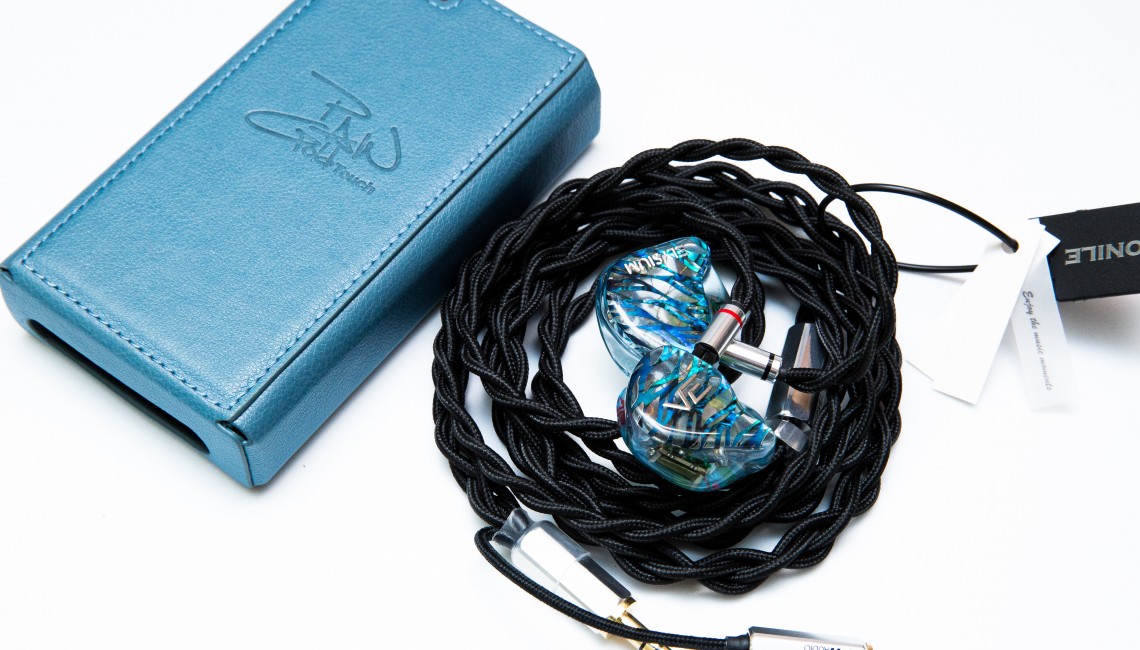
Mobile 2wire: The initial impression is that of a classic copper-silver hybrid sound. The sound is lucid and lean, favoring the mid-high frequencies. Nevertheless, the high frequencies don't exhibit the same limitation in the extension of a specific frequency range as in other copper-silver hybrids like DHC Fusion and Toxic Virus. Due to this bass-light sound, instrument imaging is clear, and the cable offers excellent analytical power. The shielding background is tranquil, akin to the calmness of the 1960s. However, there's a palpable reduction in soundstage size and the sense of spaciousness feels somewhat restricted. Yet, in terms of sound quality, it complements VE ELYSIUM quite well. It boasts good low-frequency dynamics, robust and substantial mid-frequencies, precise and rich mid-low frequencies, smooth and delicate high-frequency extension, and overall solid coordination. This type of cable enhances its analytical power and introduces a hint of brightness to the mid-high frequencies, while maintaining a black background.
Monile Shielding
This cable comprises four wires, equivalent to a standard eight-wire conductor cable, with a single 3.5mm connector. It might utilize silver-plated isolation mesh for grounding. However, when employing a 4.4mm connector, the fifth pole for grounding can be directly soldered. The use of a 2.5mm connector necessitates an additional 3.5mm connector. This resembles the approach observed in the previous Han Sound Venom cable, perhaps to set it apart from the other two cables, ft.60s and ft.50s. The entire cable is notably thick, even surpassing the 1960s in thickness. With the inclusion of the 3.5mm connector, the weight totals 54.8g. In comparison to the Toxic Medusa 17 (58g), it is slightly lighter and more portable. In my personal use with the Moondrop 4.4mm connector, where the fifth pole is grounded, the separate 3.5mm connector of the Monile Shielding doesn't make a significant difference. However, it may have a more pronounced impact on DAPs such as the Sony WM1Z/A, which lack grounding for the 4.4mm connector. When I replaced and compared it to the Monile 2-wire, the soundstage noticeably expanded, the sound became more relaxed and natural, with the imaging holding up well. It did lose some of the bright and clear characteristics of the copper-silver hybrid braid, and the mid-high frequency wasn't as pronounced. This reflects a similar experience to when I initially observed the difference between the 1960s 2-wire and 4-wire, where the 4-wire displayed better coherence. I also experimented with inserting the 3.5mm connector into the Moondrop's 3.5mm jack A/B, but I couldn't discern any sound difference. As mentioned earlier, it's plausible that the Moondrop design already encompasses grounding for the 4.4mm connector. Notably, given its thickness, wearing this cable requires attention. Without ear hooks or a transparent coating, comfort may be compromised. It is advisable to use ear hooks for improved comfort.Monile ft.60s
This variation also embodies a 4-wire Monile, featuring one less 3.5mm connector, hence reducing its weight to 51.4g. It shares the same wire base but is crafted using the manufacturing method of the 1960s. It might encompass a similar soldering tuning, as the bass remains consistent. However, the mid-range vocals possess increased delicacy and are slightly more prominent, offering a smooth and intimate feel akin to the 1960s. Yet, due to inherent differences in conductors, the original 1960s continues to offer a superior flavor. Monile still exudes a bright and vivacious sound signature. Nonetheless, this cable is possibly best suited for vocal-centric listening. Whether it's the voice of Susan Wong or Emi Fujita, it provides a highly comfortable listening experience.Monile ft.50s
The distinction between the 1960s and 1950s lies in the vocal presentation. If you favor a more intimate and detailed vocal performance, the 1960s is ideal. However, if you prefer vocals with emphasis on power, dynamism, and analytical capability, then the 1950s is the preferable choice. To assess the difference, switching to the ft.50s cable leads to a slight retraction of the mid-range vocals, resulting in a less delicate presentation. The low-frequency spread improves, but in music featuring sweet female vocals and fewer instruments, the impact is less pronounced. At this juncture, I could only discern the difference between these two cables while listening to the Godzilla OST. The ft.50s demonstrates a robust low-frequency impact, particularly in dynamic drum sounds, with enhanced power and diffusion compared to the ft.60s. However, when multiple instruments are playing, the ft.60s can sound slightly more disordered.In terms of the Monile 3.5mm connector's grounding function, it's essential to note that using it with the VE Aroma A100 amp notably enhances dynamics. However, if the usage is incorrect, the resulting difference would be negligible. Drawing from my previous experience with the Mass-kobo 404, I connected the AK player's 3.5mm output to the 404 amp's 3.5mm input for grounding, utilizing a 2.5mm to 2.5mm cable for the signal and selecting balanced input on the 404, yielding a 2.5mm + 3.5mm dual output, where the 2.5mm carried the signal and the 3.5mm was grounded. In testing with the Han Sound Audio Venom cable, grounding had a pronounced effect, resulting in a darker background and overall improvement. However, as I no longer possess the 404 amp, and the A100 amp's compact size with the close proximity of its 3.5mm and 2.5mm inputs makes it infeasible to assess the effect with the Moondrop cable. It would be left to others to experiment with the grounding effect of the Monile Shielding version, using AK devices (2.5mm + 3.5mm) or the Sony WM1Z/A with 4.4mm and 3.5mm connectors.
In conclusion, the Monile Shielding, ft.60s, and ft.50s cables share similar bass characteristics due to their copper-silver hybrid braid design. They all exhibit a brighter sound profile, with well-extended and non-harsh high frequencies, as well as an exceptionally low noise floor. The ft.60s brings the mid-range vocals closer and adds more delicacy, while the ft.50s positions the vocals slightly further back but offers the most powerful low-frequency response and dynamics. The choice between them ultimately depends on personal preference and the genre of music one prefers. However, the Shielding cable provides the most balanced overall performance. Since I already own the 1960s cable, I still prefer the Shielding version.
--------------- Click here for detailed post (originally in Chinese) ---------------

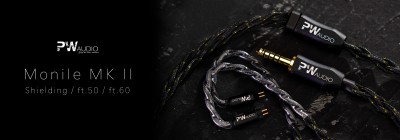
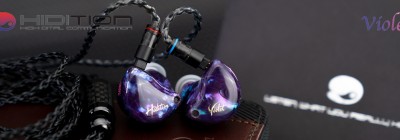



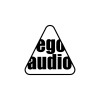





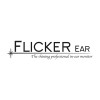
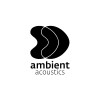


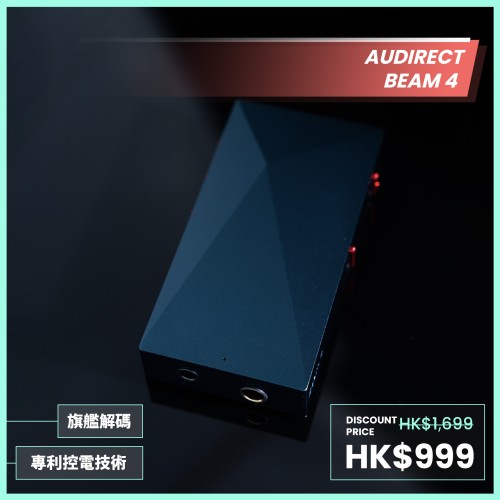
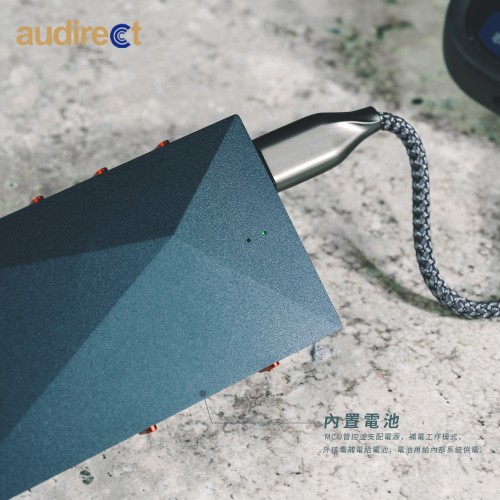

-500x500w.jpeg)


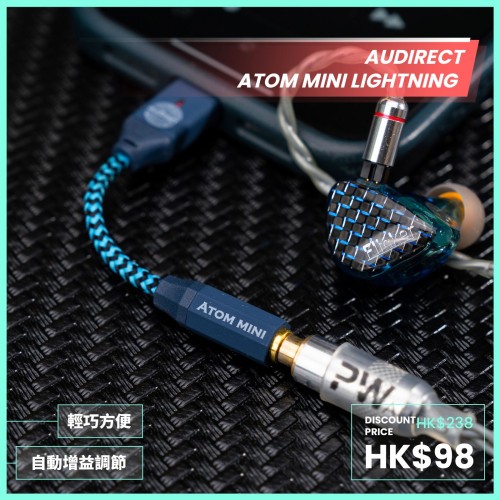
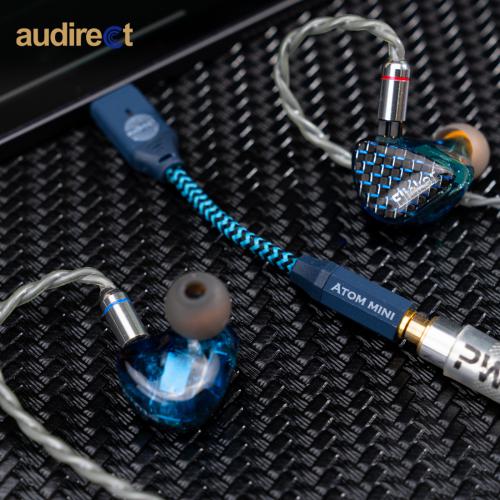
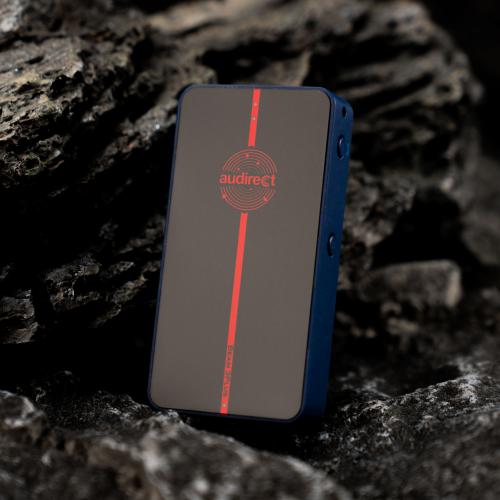
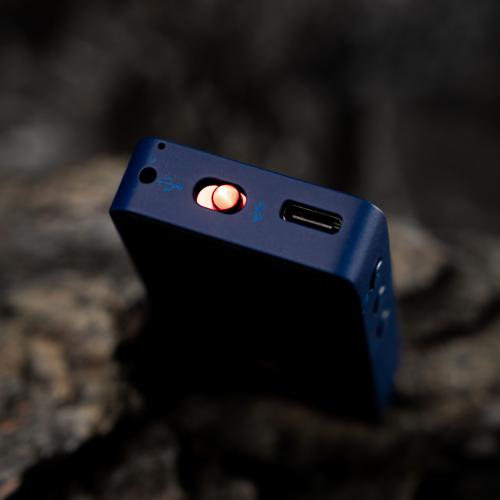
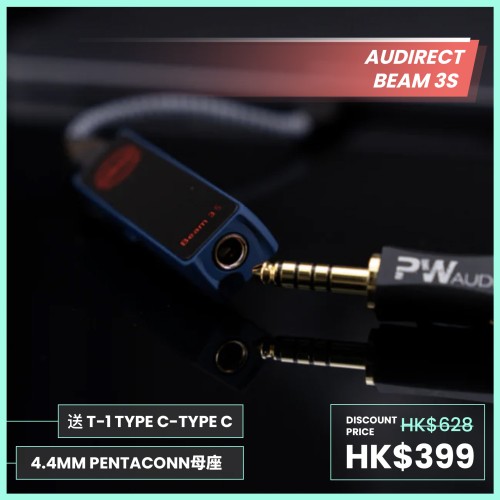
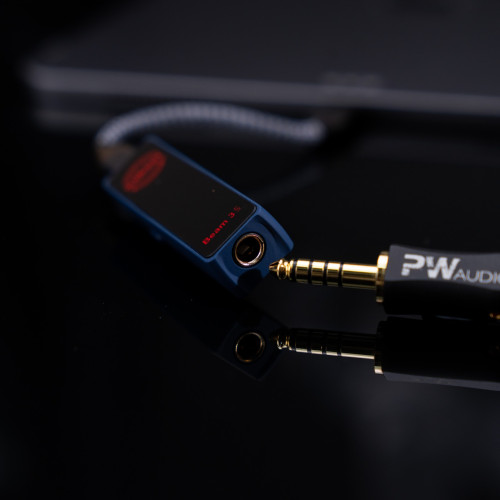
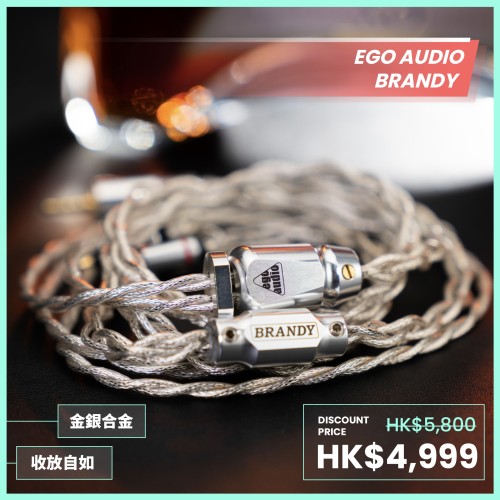

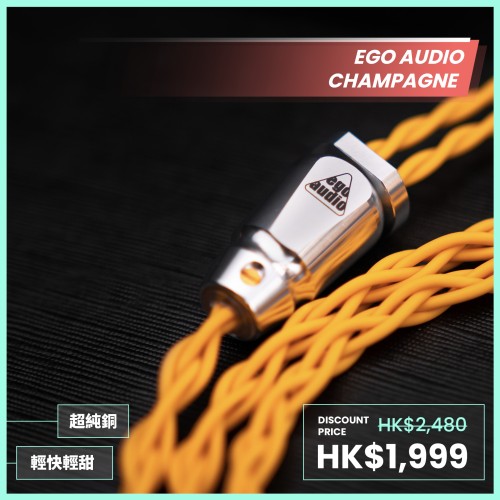

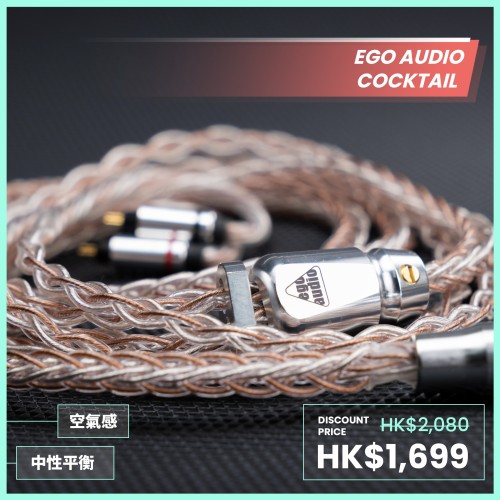

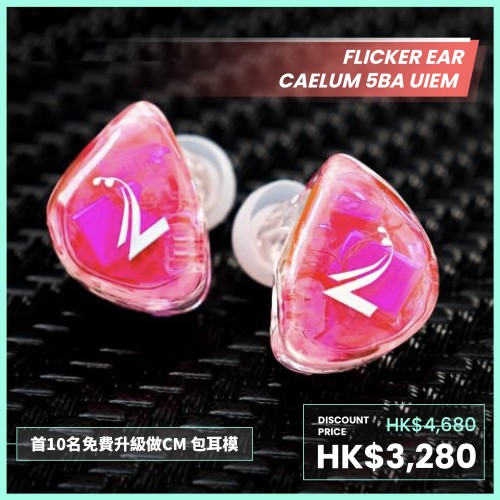

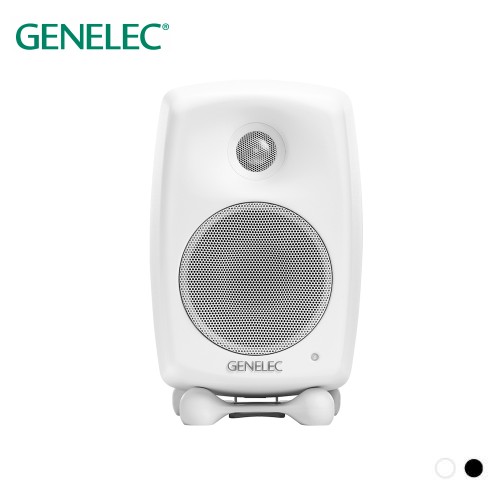
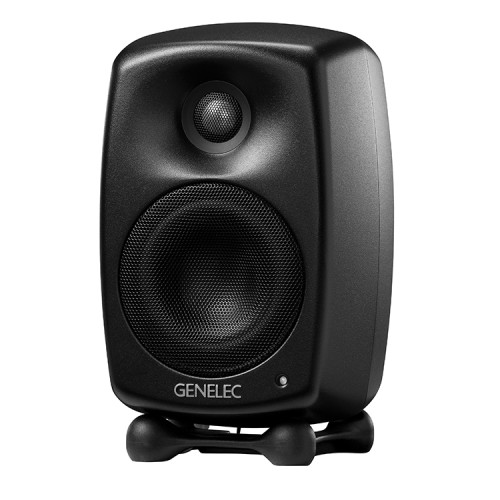
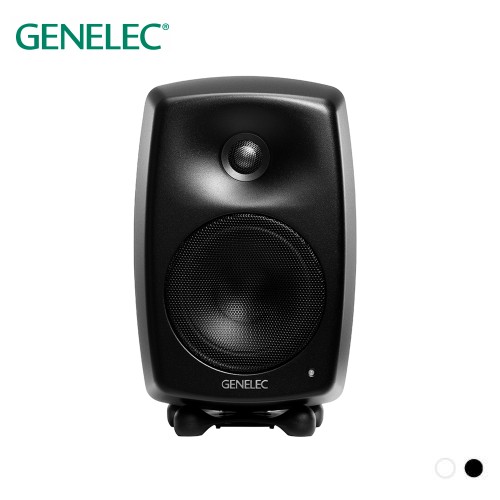
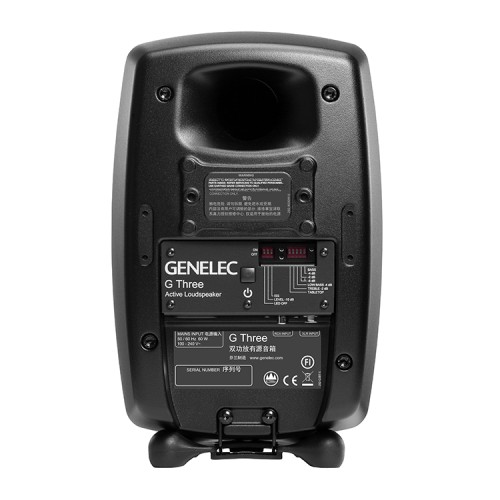
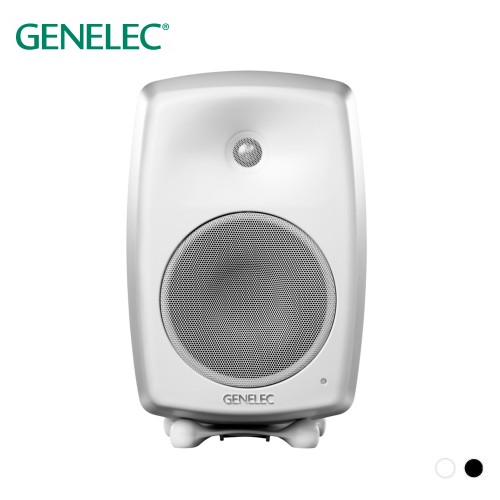
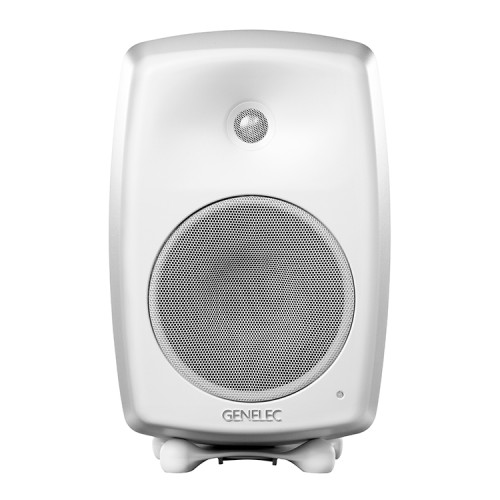
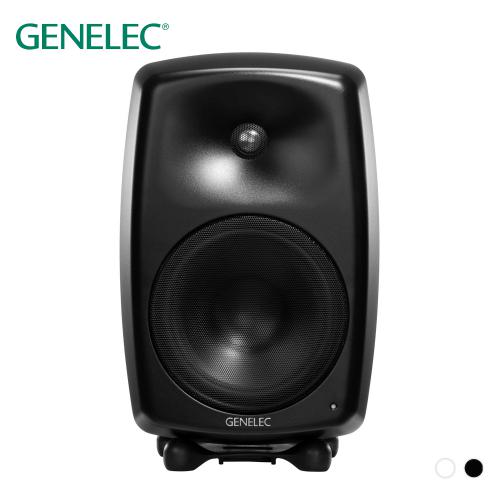
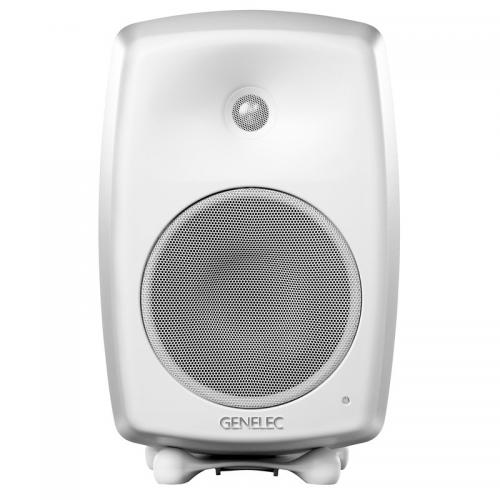
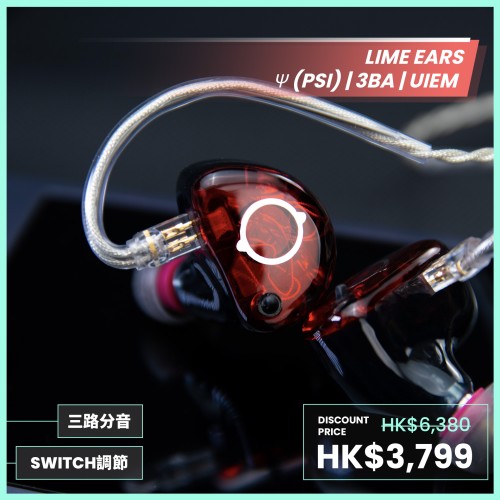
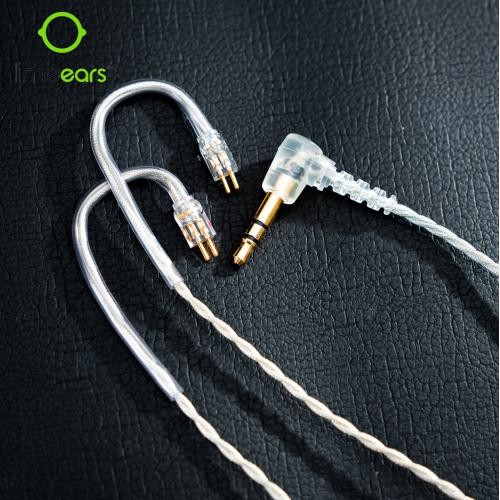

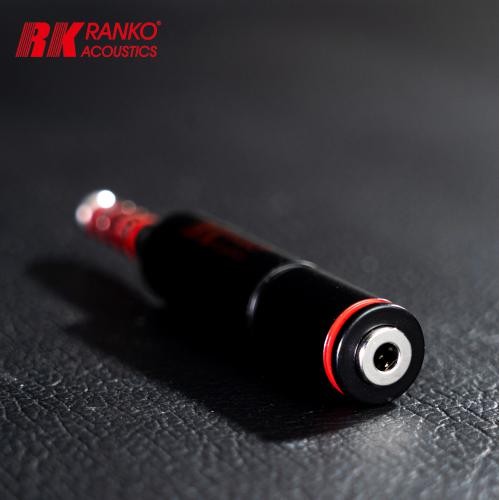

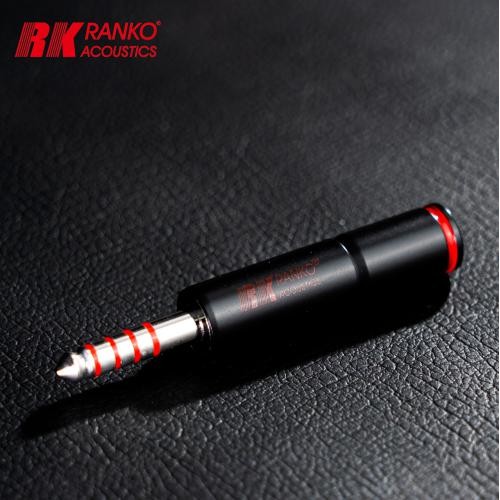

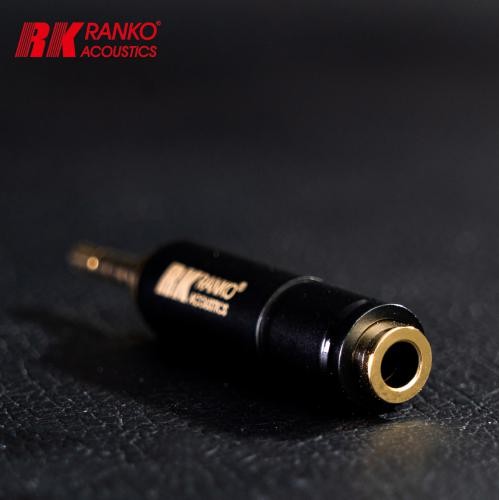
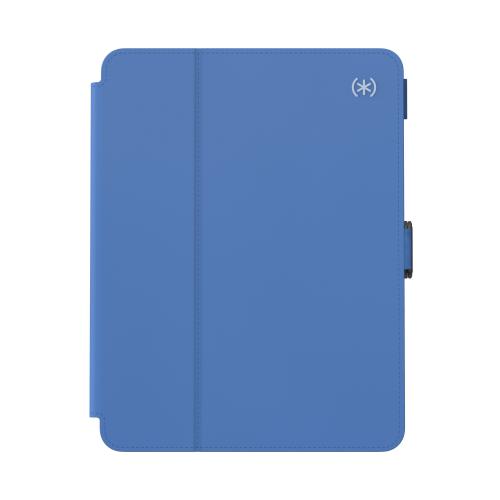
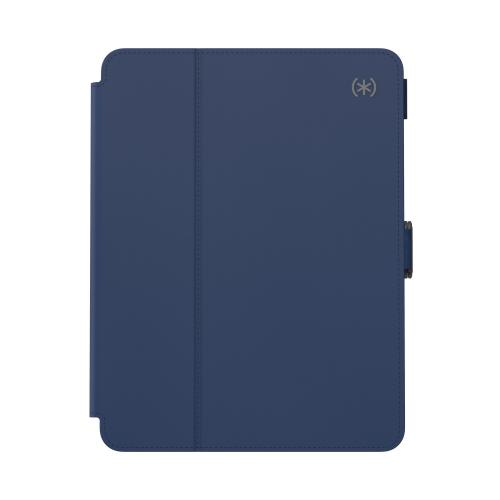


Leave a Comment